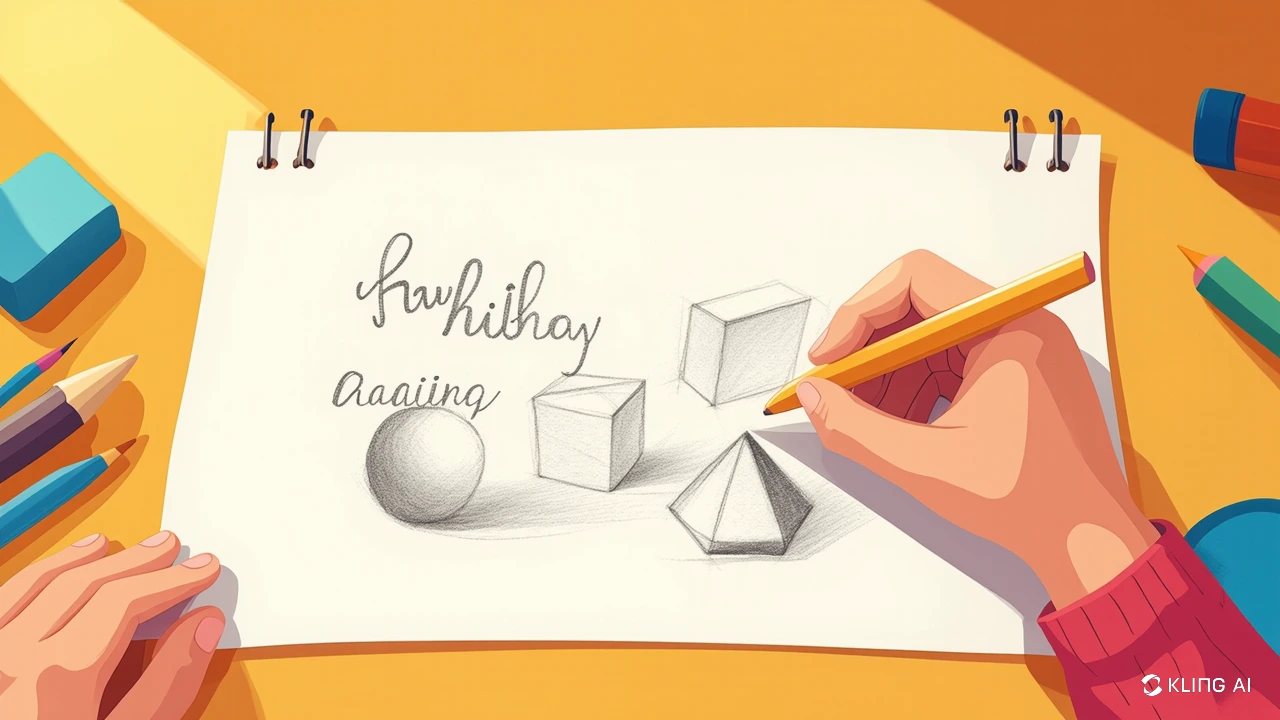How to Draw: Beginner's Guide to Easy Drawing Techniques

How to Start Drawing: A Beginner's Step-by-Step Guide
New to drawing? You're in the right place! Whether you're just picking up a pencil for the first time or revisiting an old hobby, this beginner-friendly guide will help you learn the basics of drawing. From simple shapes to shading, we’ll show you how to build your skills and create beautiful sketches.
Section 1: Basic Shapes – The Foundation of Drawing
Start with the basics—circles, squares, and triangles. These simple shapes form the core of more complex drawings, such as faces, animals, and buildings. Practicing these regularly will improve your proportion, layout, and overall drawing confidence.
Draw repeated rows of shapes in different sizes.
Try combining shapes to form objects like houses or trees.
Gradually introduce 3D versions like cubes, spheres, and cones.
Section 2: Line Quality – Make Your Drawings Come Alive
Great drawings rely on confident, expressive lines. Understanding line quality helps you convey form, movement, and depth in your sketches.
Practice these techniques:
Contour lines: Outline shapes with steady, clear strokes.
Cross-hatching: Use intersecting lines for shading and texture.
Stippling: Apply dots for detailed tonal work.
Use different pencils (HB, 2B, 4B) to experiment with light and dark effects. Try drawing without lifting your pencil to improve flow and control.
Section 3: Shading – Add Depth and Realism
Once you’re comfortable with shapes and lines, it’s time to explore shading. Shading adds dimension, light, and realism to your artwork.
Here are a few tips to start shading:
Identify your light source before you begin shading.
Use soft gradients to create smooth shadows and highlights.
Adjust pencil pressure to create varying values (dark to light).
Add cast shadows to ground your objects in space.
You can also try blending techniques using tissue, blending stumps, or your fingertip—just make sure your pencil is dry and smudgeable.
Start Practicing Today
Drawing is a skill that anyone can develop with time and patience. By mastering the basics—shapes, lines, and shading—you’re setting the stage for more advanced techniques like perspective, figure drawing, and composition. So keep practicing, have fun, and watch your progress grow day by day!
Ready to take it further? Check out our upcoming tutorials on gesture drawing, perspective, and how to draw faces.